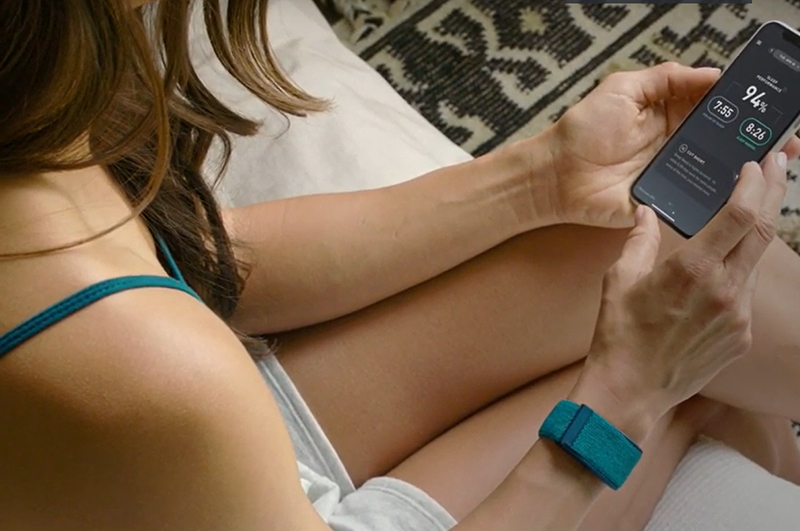According to the Centers for Disease Control and Prevention (CDC), one in four individuals that are infected by the novel Coronavirus actually remain asymptomatic. Now, scientists are exploring ways to help identify these asymptomatic cases.
Read more Germany’s Public Health Authority Launches Smartwatch App to Monitor Covid-19 Spread
WHOOP, the human performance company, is investigating a potential connection between changes in respiratory rate and COVID-19 symptoms. In collaboration with Cleveland Clinic, Central Queensland University in Australia plans to conduct a study with 24/7 physiological data, collected via the wrist-worn WHOOP Strap 3.0, from hundreds of self-identified COVID-19 cases among WHOOP members to better understand the current health crisis, WHOOP said in a press release.
“We believe that a noticeable increase in respiratory rate is a measurable precursor of COVID-19 symptoms based on individual cases that we have seen in our data. WHOOP data may be able to help identify the coronavirus during the incubation period before someone feels sick,” said Will Ahmed, WHOOP Founder & CEO.
On March 9, WHOOP launched an interactive feature – the WHOOP Journal – that allows members to track a variety of daily behaviors against their physiological data to make healthier lifestyle choices with real-time feedback on their bodies. That same week, WHOOP included COVID-19 as an option within the WHOOP Journal for members to monitor their symptoms. Members have the ability to complete surveys and daily condition check-ins as well as opt-in to participate in studies like this one.

“The proposed research collaboration between WHOOP and CQUniversity’s Appleton Institute is a unique opportunity to investigate the impact of a global pandemic on the health of WHOOP users,” said Professor Greg Roach, Head of Sleep & Circadian Physiology Research, CQUniversity. “By collating contextual factors collected in the WHOOP Journal with physiological trends in raw data, we may be able to provide insights into the health implications before, during and after suspected cases of COVID-19.”
Earlier this year, WHOOP became the first wrist-worn wearable device to validate the accuracy of its respiratory rate during sleep in a third-party study conducted by The University of Arizona and published in the Journal of Clinical Sleep Medicine.
“Through extensive testing, we found that WHOOP is the gold-standard, non-invasive respiratory rate monitor with measurement accuracy within one breath per minute of perfect,” said Dr. Sairam Parthasarathy, professor of medicine at the UArizona College of Medicine – Tucson and director of the Center for Sleep and Circadian Sciences. “An increase in respiratory rate has been shown to be an early warning sign in the development of both pulmonary and non-pulmonary disease.”












